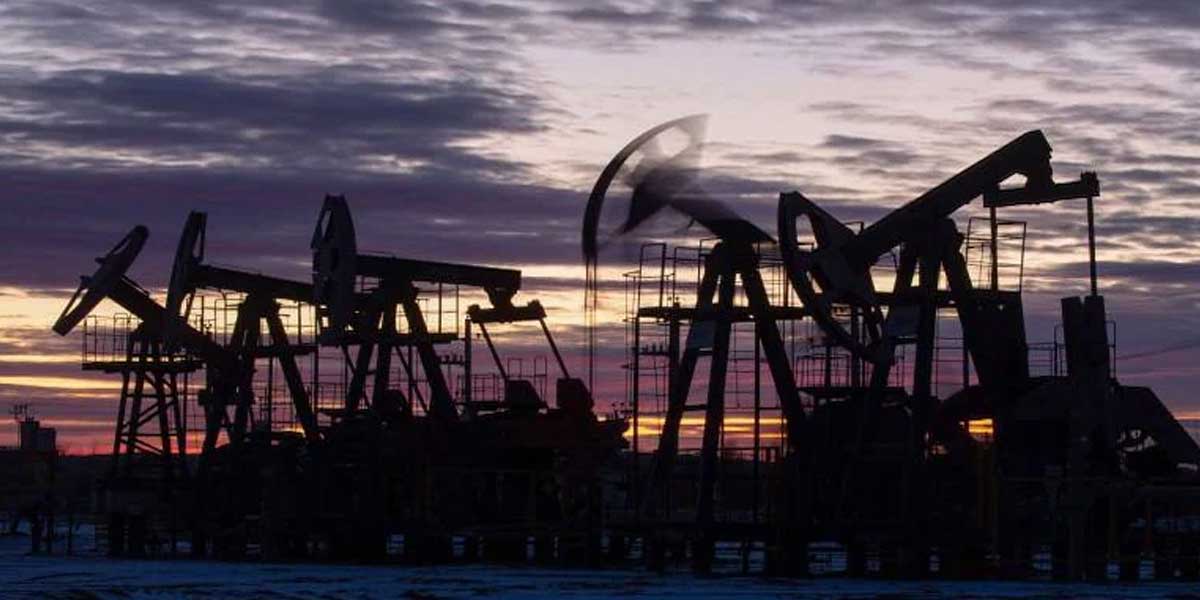As the world transitions to a more sustainable future, India is expected to overtake China as the most significant driver of global growth. This will result in a change in the demand for oil.
This expansion will be supported by rising populations, which have probably already surpassed China's, as well as consumer patterns. While China's use of electric vehicles is rapidly increasing, India's shift away from conventional gasoline and diesel-fueled transportation is anticipated to lag other regions. India's daily crude consumption is three times greater than China's, making it hard for it to match the size of its neighbour's vast oil network, but traders and producers hoping to capitalise on slowing global demand growth will bet on the South Asian country in the coming years.
"India was always going to exceed China in a matter of time in terms of being the global demand growth driver, mainly due to demographic factors like population growth," said Parsley Ong, the head of Asia energy and chemicals research at JP Morgan Chase & Co. in Hong Kong.
China's economic rise around the turn of the century made it a major consumer of goods including wheat, metals, and crude oil, giving resource-rich nations throughout the world a boost. The peak in Chinese oil consumption is expected to occur around 2030, according to major refiner China National Petroleum Corp., signalling the end of the oil boom. The shift in demand growth leadership now seems imminent.
The "Last Hurrah" of China China's recovery from years of COVID limitations, according to commodities research director Ed Morse of Citigroup Inc., will likely be the country's "final gasp" for demand. Data analytics company Kpler's head oil analyst, Viktor Katona, predicts that starting in 2026, India's growth would outpace that of China. However, he believes that Indian oil demand would peak considerably later, in 2036. "China's role as a global oil demand growth engine is fading fast," said Emma Richards, a senior analyst at Fitch Solutions Ltd.
According to her, India's part of the total rise in developing market oil consumption will increase to 24% over the course of the next ten years, while China's share will decrease to 15% from almost 50%. With the invasion of Ukraine more than a year ago, India is already taking a more significant role in the oil market. The country of South Asia has grown to be a significant consumer of Russian crude, converting the oil produced by the OPEC producer into fuels that are frequently sent to other areas like Europe and the US.
Similar forecasts were made in the middle of the previous decade that India will become the new hub of the expansion in oil demand.
If it happens this time, the rise to the top will probably be far from easy and slowed down by bureaucracy. State-run refiners have been slow to modernise their processes and continue to rigidly adhere to the antiquated and time-consuming practice of issuing tenders for the purchase of oil on the spot rather than adopting a more flexible and agile strategy of directly negotiating and signing agreements with counterparties.
But, over the long term, Vandana Hari, the Singapore-based creator of Vanda Insights, predicted that India's rapidly expanding desire for crude will make the South Asian country an alluring opportunity for foreign traders and producers. Boom, EV India has ambitious plans to switch its sectors, particularly the transportation sector, to cleaner energy sources, but the country is lagging behind other developed countries, so its reliance on fossil fuels is likely to last much longer. The rapid adoption of electric vehicles in China, in contrast, is a concerning indicator for the long-term need for gasoline in the largest auto market in the world. In 2022, the number of electric vehicle (EV) sales in China almost doubled to 6.1 million units, whereas India sold only 48,000 EVs during that time.
See also: The Indian oil budget grows by 27% this fiscal year
https://www.constructionworld.in/energy-infrastructure/oil-and-gas/the-indian-oil-budget-grows-by-27--this-fiscal-year/39072
ONGC net profit slumps 30% as govt strips away gains
https://www.constructionworld.in/energy-infrastructure/oil-and-gas/ongc-net-profit-slumps-30--as-govt-strips-away-gains/37469




















